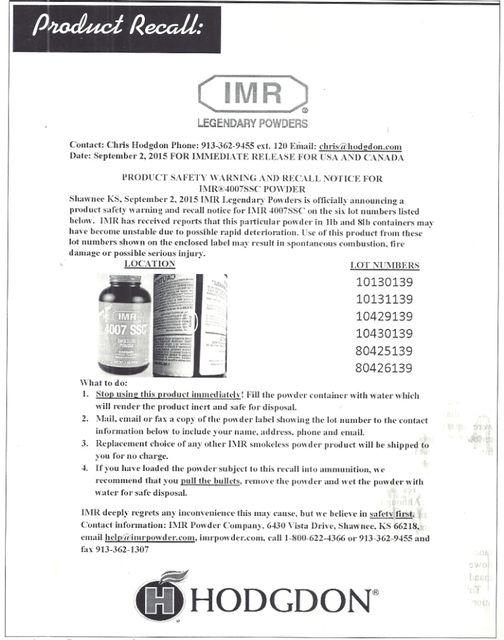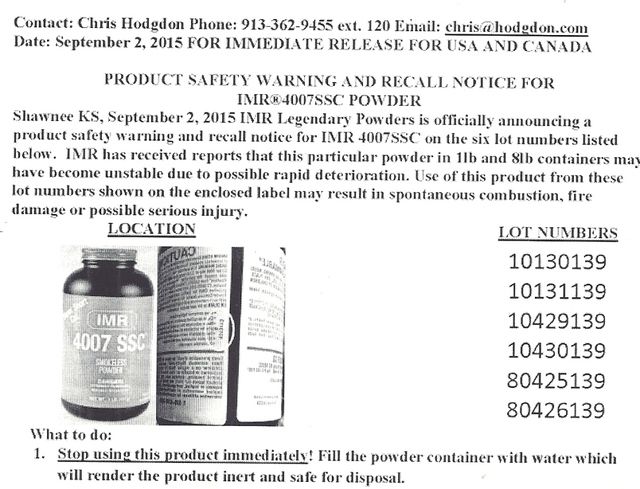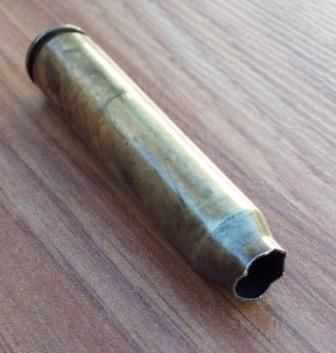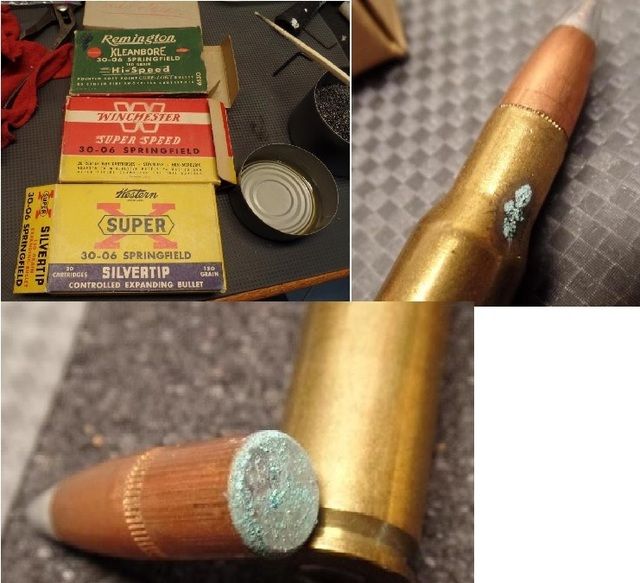Let me offer a failure mode that the shooting community does not want to believe: old gunpowder.
Most shooters believe that ammunition, and gunpowder, is immortal. They expect to live forever and they expect their hoard of ammunition to last forever. Unfortunately, both they and their ammunition will eventually break down to a low energy state.
Gunpowder is breaking down the day it leaves the factory. Gunpowder is a high energy but unstable molecule and following Newton’s laws, it is breaking down to reach its lowest energy state. In the process, gunpowder releases NOx, some of which converts to nitric acid gas when it encounters a water molecule. Nitric acid gas attacks brass and causes cracks in brass. Case necks are the thinnest part of the cartridge so often the case neck cracks first.
Old gunpowder is dangerous to store, if you see fumes get the stuff out of the house because it is only a matter of time till it autocombusts!. Normal expectations are that double based powders have a shelf life of 20 years and single based 45 years, but the stuff can go any time before that. Lots of IMR 4007 were being recalled in 2015, the oldest could not have been more than eight years old, and these lots were being recalled because they were autocombusting!


Before I found out that gunpowder has a shelf life, I bought old gunpowder thinking it was a bargain, because, I believed that gunpowder lasts forever and this errant belief was reinforced by Gunwriters. Idiot Gunwriters reinforce this belief, either because they are shills who do not want to discourage shooters from buying old ammunition, or because they are not that expert in the topics they write about. Before I got educated on the topic, I purchased kegs of surplus powder from Pat’s Reloading at Camp Perry and have since then, have poured out about three quarters of it because of pressure and brass cracking problems I have encountered since then.

Loaded Nov 2002 fired Jan 2015 in a Garand. Here is the case neck:


223 loaded ten years previous with Pat’s surplus AA2520. Lots of cracked case necks and body splits from NOx outgassing from the old gunpowder.
Someone pulled from bullets from these 1950 to 1960’s rounds and found this corrosion inside:

Unless you are experiencing pressure problems, I would shoot the stuff up and trash the brass. If you do experience any sticky extraction, blown or pierced primers, I would immediately discontinue shooting the ammunition. I would then pull the bullets and trash the cases and powder.








